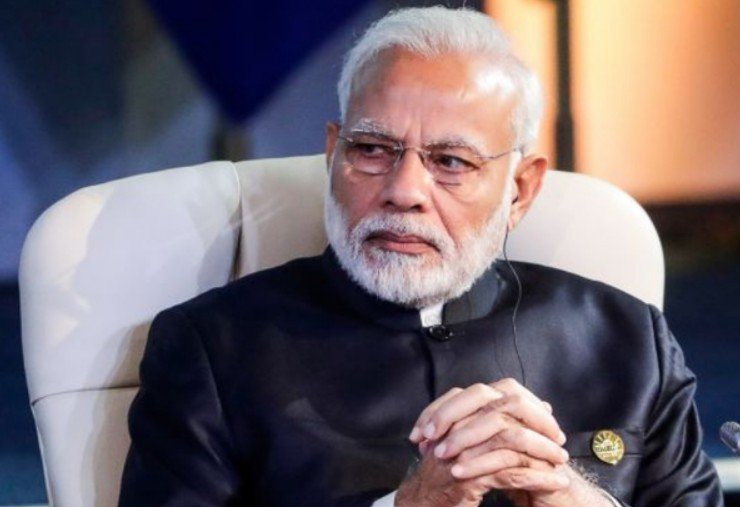U.S. move hits textiles, gems, footwear hardest; Indian government scrambles to soften blow
New Delhi, August 27, 2025 — President Donald Trump has imposed a 50% tariff on Indian goods, a dramatic escalation in Washington’s trade policy that threatens to derail Prime Minister Narendra Modi’s vision of turning India into a global manufacturing hub. The decision, triggered by New Delhi’s continued purchases of Russian oil, marks the sharpest downturn in U.S.–India ties in decades.
The new duties, effective 12:01 a.m. EDT Wednesday, double the earlier 25% rate and will impact over 55% of India’s exports to the U.S., its largest trading partner. While sectors such as electronics, pharmaceuticals, steel, and automobiles are exempt, the burden falls heavily on labor-intensive industries — textiles, gems and jewelry, footwear, toys, seafood, and small machinery.
Export Sector Impact: A Comparative Breakdown
The tariffs vary in severity across industries. Labor-intensive sectors that employ millions are the worst affected, while technology-linked industries remain shielded.
Table 1: Sectoral Impact of Trump’s 50% Tariffs on Indian Exports
| Sector | Share of Indian Exports to U.S. (2024) | Tariff Impact | Estimated Job Risk | Competitor Advantage |
|---|---|---|---|---|
| Textiles & Apparel | 16% | 50% | 700,000+ | Bangladesh, Vietnam |
| Gems & Jewelry | 14% | 50% | 250,000+ | Thailand, UAE |
| Footwear & Leather | 9% | 50% | 200,000+ | Vietnam, Indonesia |
| Toys & Handicrafts | 6% | 50% | 50,000+ | China, Philippines |
| Seafood Exports | 4% | 50% | 30,000+ | Vietnam |
| Electronics | 18% | Exempt | Stable | China remains rival |
| Pharmaceuticals | 12% | Exempt | Stable | Retains competitiveness |
| Automobiles & Metals | 10% | Exempt | Stable | Competes with Mexico |
Source: Ministry of Commerce data, Reuters, AP, Bloomberg analysis
Global Comparison: India vs. Competitors
India’s loss in the U.S. market could directly translate into gains for its regional rivals. Countries like Vietnam, Bangladesh, and Mexico already enjoy free-trade or lower-tariff access to the U.S.
Table 2: Effective Tariff Comparison on Key Sectors
| Country | Tariff on Textiles | Tariff on Gems/Jewelry | Tariff on Footwear | U.S. Trade Agreement Status |
|---|---|---|---|---|
| India | 50% | 50% | 50% | No FTA |
| Vietnam | 15% | 20% | 10% | Partial preferential deals |
| Bangladesh | 12% | 18% | 15% | GSP+ benefits |
| Mexico | 0% | 0% | 0% | USMCA Free Trade Agreement |
| China | 30%+ (varies) | 25%+ | 35% | Trade war tariffs still apply |
Source: U.S. International Trade Commission, WTO data
Diplomatic Fallout
The tariffs also represent a strategic setback. For years, Washington cultivated India as a counterbalance to China, from the Quad alliance to joint defense projects. Now, Trump’s move has cast a shadow over that partnership.
Trade talks that were expected to resume this week have been deferred, further straining ties. At the same time, India is moving closer to BRICS partners Russia and China, with Modi scheduled to meet President Xi Jinping in China next week — his first trip there in seven years.
India’s Counter-Strategy
The Modi government has begun rolling out a multi-pronged response. Measures under consideration include:
- Credit relief packages for small exporters
- Tax reforms to stimulate domestic demand
- Diversification of export markets, with renewed focus on Africa, Latin America, Southeast Asia, and the European Union
In a public address, Modi urged citizens to embrace “Made in India” products and reiterated his push for economic self-reliance: “We will not let external pressure derail India’s growth story.”


